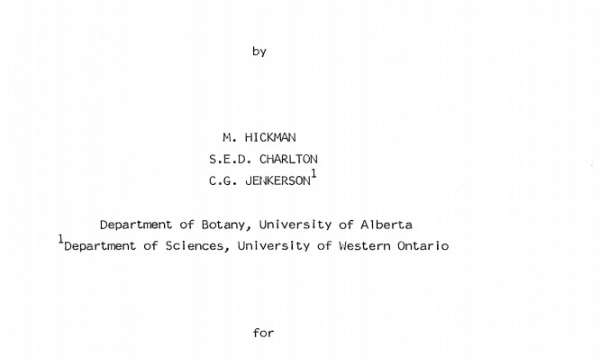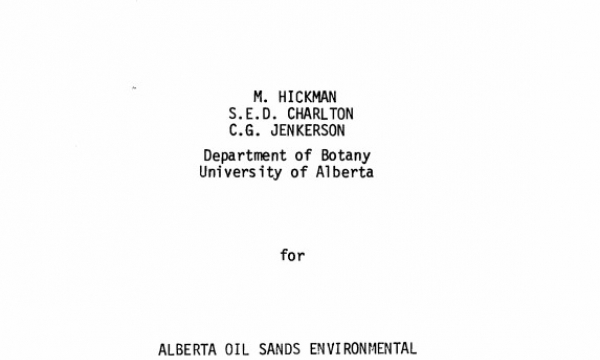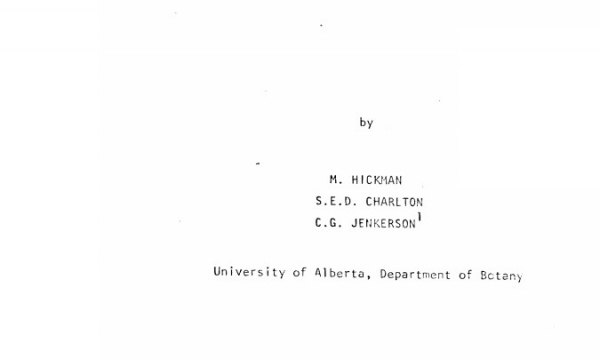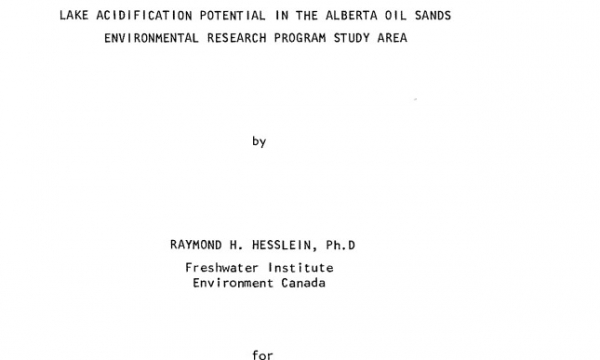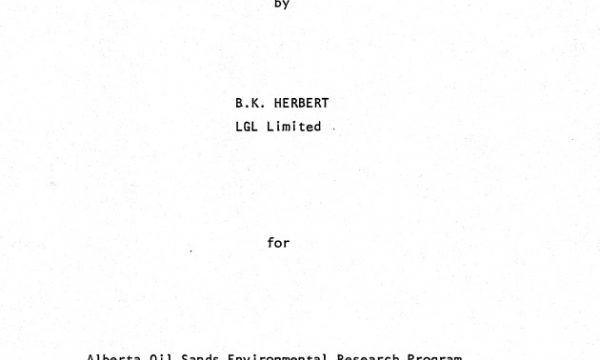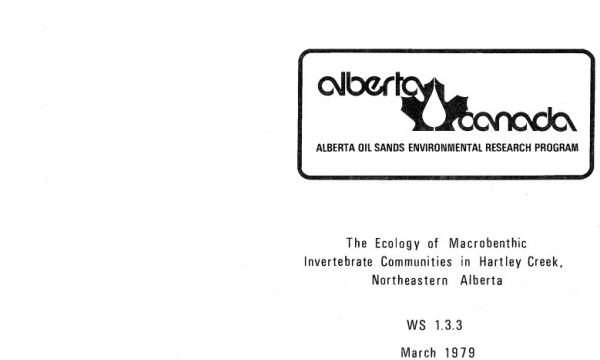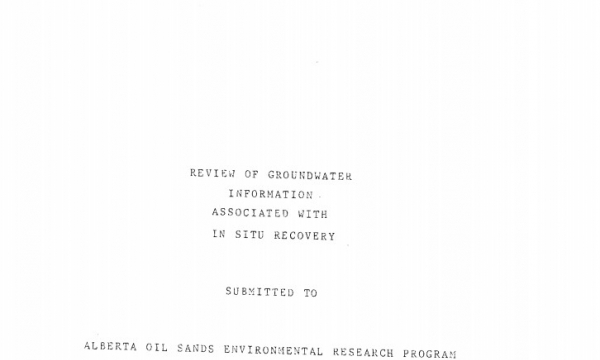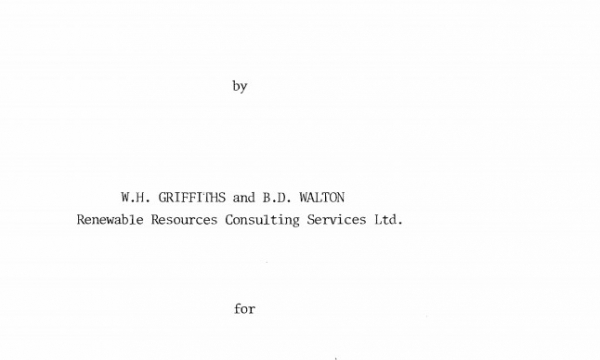Ressources de Gestion des Terres
Ressource
Auteurs
M. Hickman
S.E.D. Charlton
C.G. Jenkerson
Seasonal fluctuations in algal species and numbers were influenced by a myriad of interacting factors as were standing crop fluctuations. Numerically, cyanophycean algae dominated, followed by diatoms
Ressource
Auteurs
M. Hickman
S.E.D. Charlton
C.G. Jenkerson
Largest mean standing crops for the June to November period occurred in the Steepbank, Ells, and Hangingstone Rivers, while largest mean production rates occurred in the Ells and Muskeg rivers.
Ressource
Auteurs
M. Hickman
S.E.D. Charlton
C.G. Jenkerson
Diatoms and blue-green algae dominated numericallyin five tributary rivers flowing into the Athabasca River except in the Hangingstone River where chlorophycean species replaced the latter group
Ressource
Planned increases in oil sands developments with increased outputs of oxides of sulphur and nitrogen, led to a definitive study to assess the susceptibility of nearby lakes to acidification
Ressource
Life history information and location data for the 672 fish, of 17 species, collected from rivers lakes are presented in table format
Ressource
Spring-staging totals for two surveys for this year were 1000 and 3600 ducks. Five fall-staging surveys revealed a total of from 11 000 to 24 000 ducks.
Ressource
Total numbers of moose observed and likely the total moose population, declined 40% (43 to 26) between Feb 1976 and Feb 1977. A disproportionately higher number of moose were present in aspen sites
Ressource
Auteurs
R.C.B. Hartland-Rowe
R.S. Davies
M. McElhone
Reid Crowther
Hartley Creek, a tributary of the Muskeg River, has rich and diverse benthic fauna and is dominated numerically by Chironomidae but by Trichoptera in terms of biomass.
Ressource
Purpose of this project was to document existing hydrogeological data, identify areas of concern and to outline a plan for monitoring changes in groundwater flow or quality.
Ressource
Auteurs
W.H. Griffiths
B.D. Walton
Detrimental effects of increased suspended and settled sediments on fish, bottom invertebrates, and primary productivity are documented.


